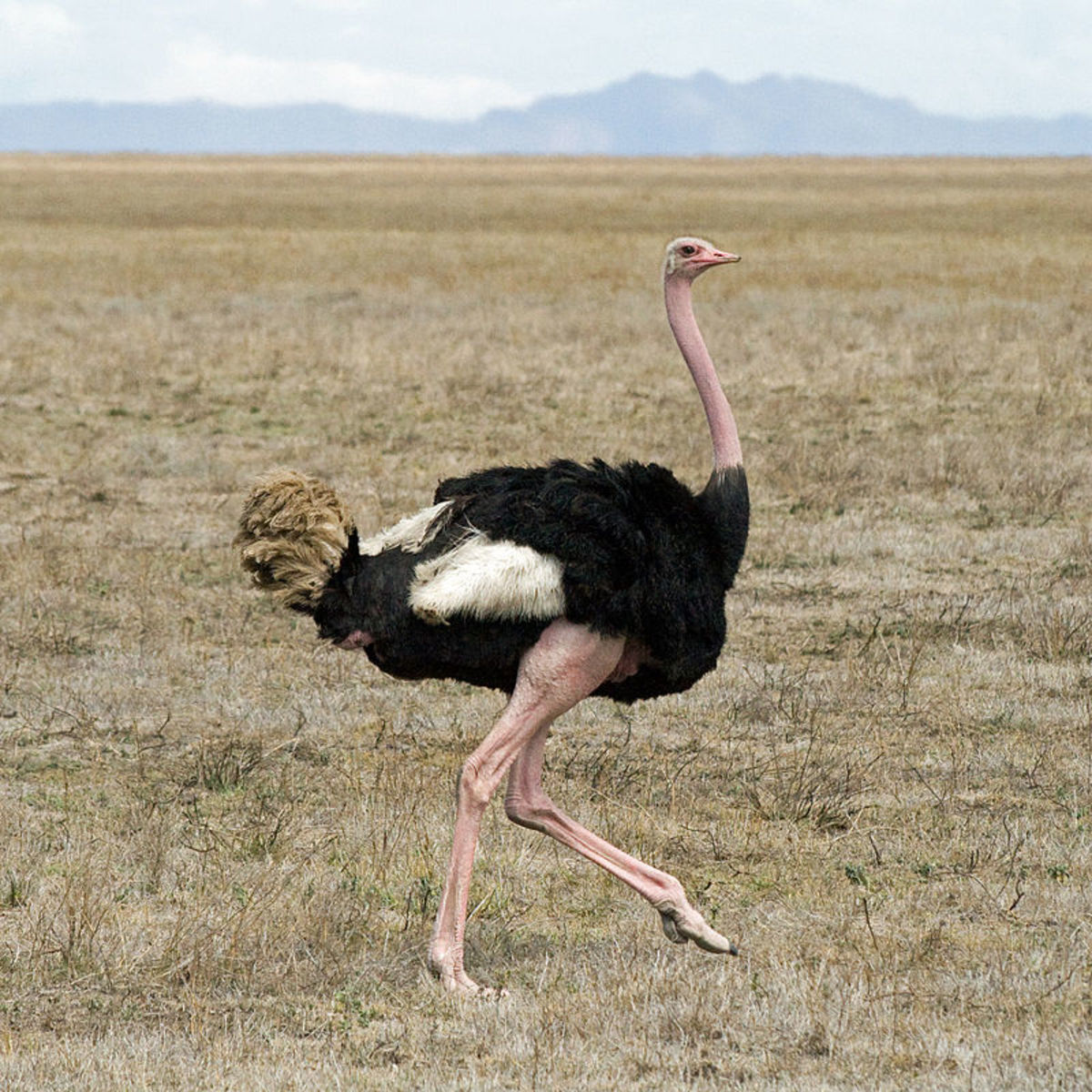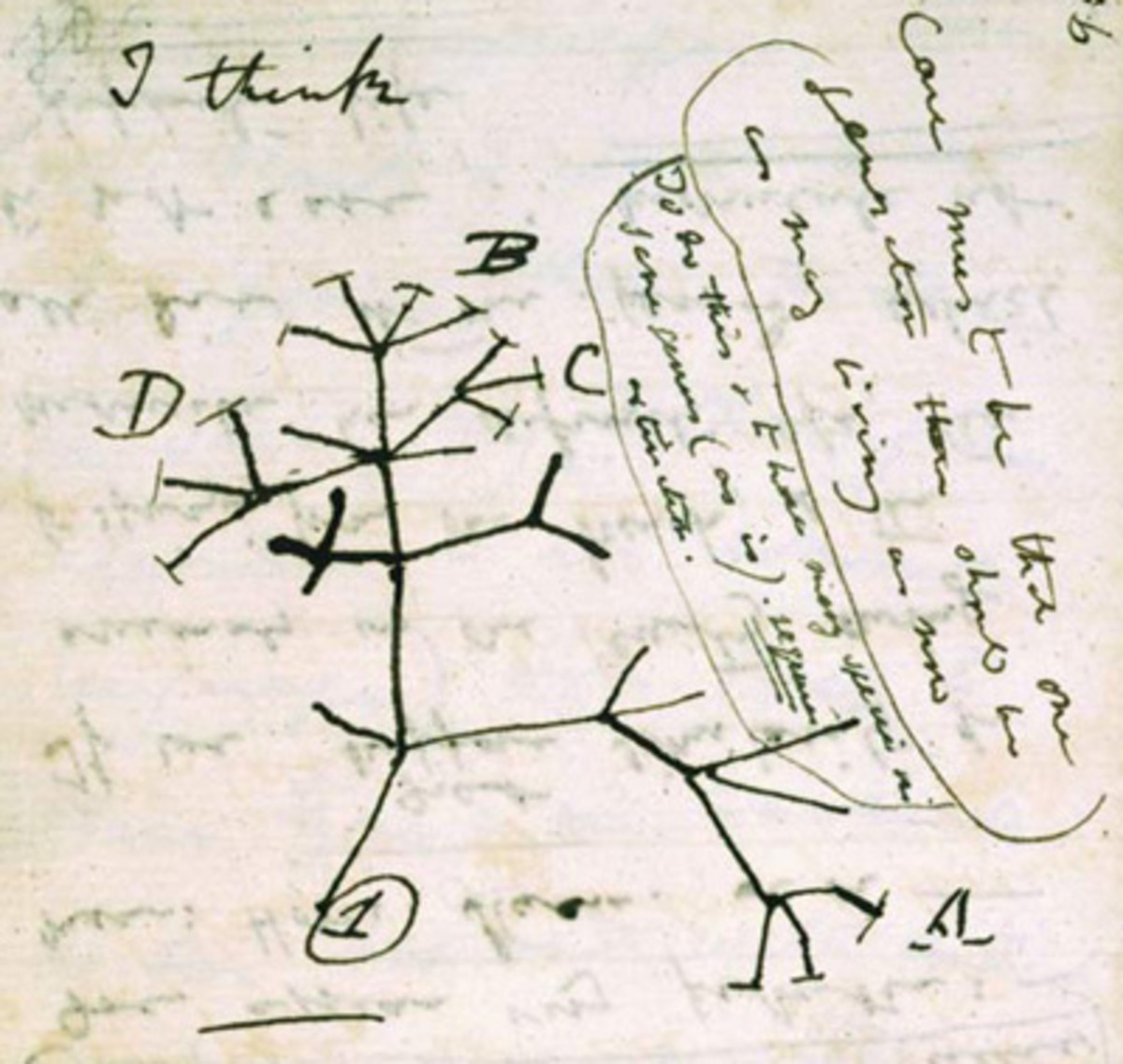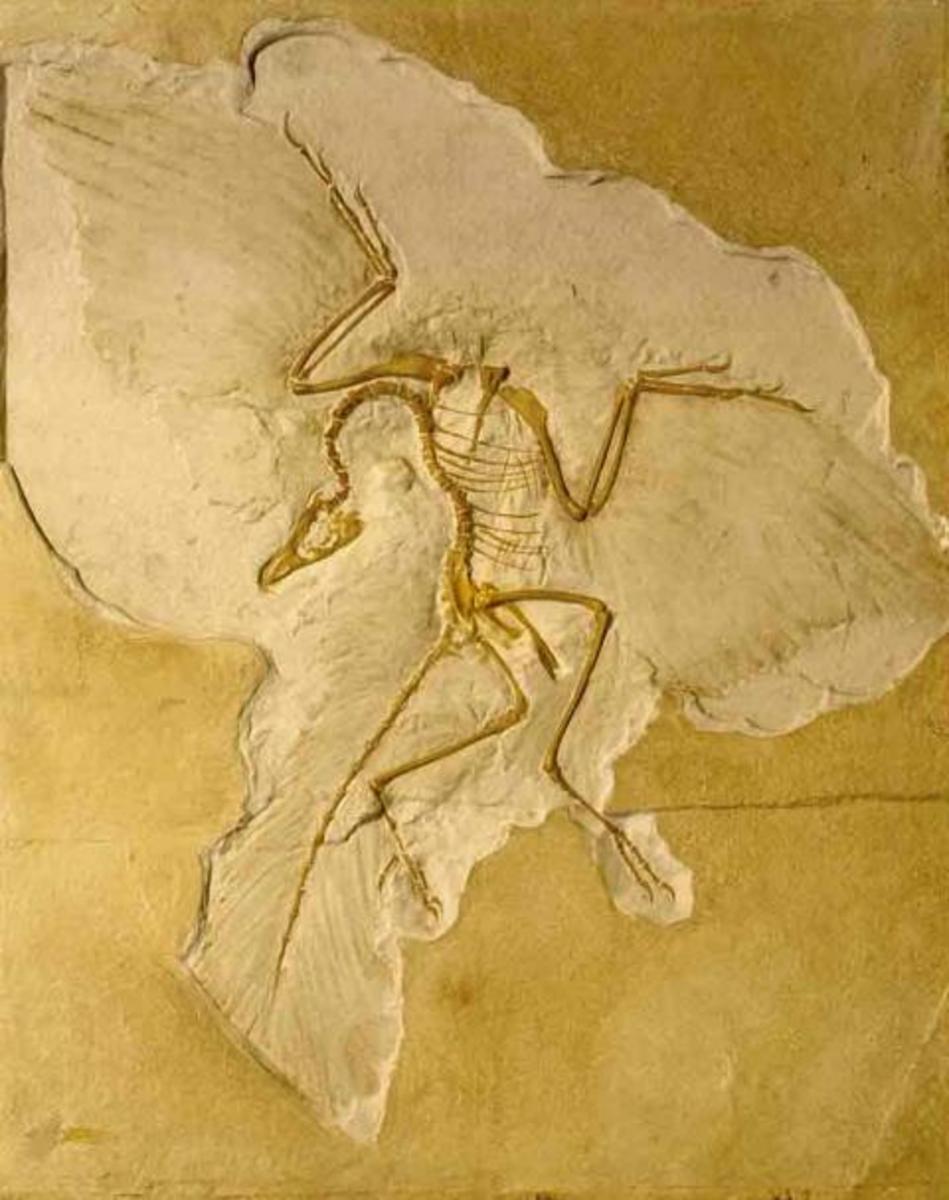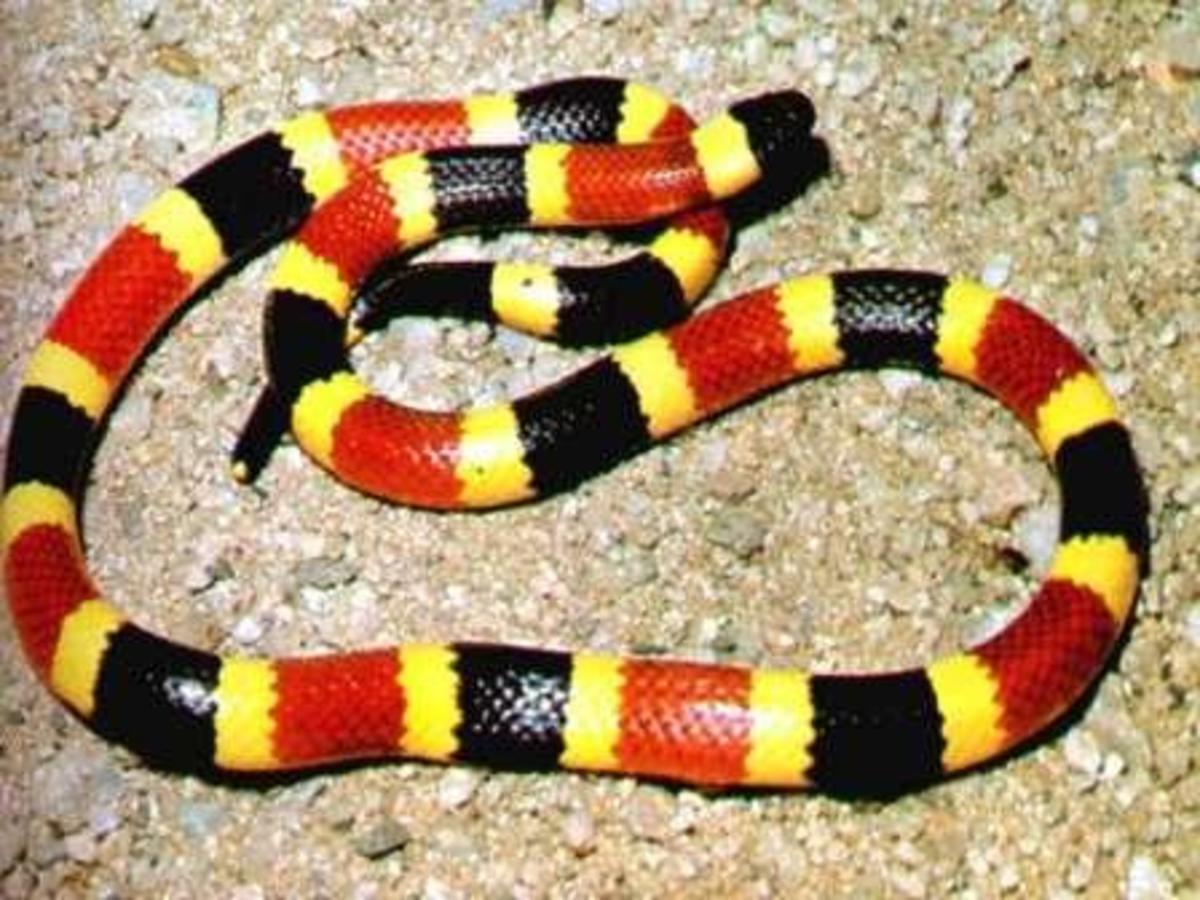Top Five Strangest Evolutionary Traits
Biology
Evolution can be a weird thing sometimes. Creatures who were around billions of years ago provided the rough drafts of what would become the numerous species of the modern world. However, some of those adaptations may seem utterly surreal when one closely examines it. Some of the adaptations that Mother Nature apparently deemed valuable enough to pass-on to later generations could look so freaky, it was small wonder movies used various animals as inspirations for various monsters. First and foremost, the act of reproduction could be both strange and frightening in that for the sake of insuring that one's genes got passed-down, the parents had to undergo seemingly painful gestation periods. Some evolutionary traits were actually legitimately awesome, but were also highly dangerous for humans due to various reasons. Sometimes a strange evolution does not have to be horrid or disgusting, sometimes evolution can make creatures that are pretty, but impractical. Of course, parasitism was considered a beneficial evolutionary trait, so all the prettiness in the world decreased. Basically evolution is weird, but it can also be fascinating if one were open-minded on some aspects.
Surinam Toad
People familiar with the Aliens franchise should be familiar with the Chestburster. Basically the baby Xenomorph burst through a victim's chest, killing the victim. If one were to see the birthing process of the Surinam Toad however, could see the inspiration for the Chestburster creature. When one sees the miniature toads bursting out of the mother's back, it looked fairly disturbing. Of course, unlike the victims in the movie Aliens, the mother Surinam Toad survives its birthing process to live breed, and repeat the process again. Evolutionarily speaking, this tactic is quite efficient. Normally, toads leaves their eggs in a pond somewhere hidden so that they could safely hatch. This method presented dangers with that method in that predators could easily eat some of the eggs before they had the chance to hatch. The Surinam Toad used a different method that ensured more of its hatchlings could survive. Of course, besides making a birthing process that was both safe and beneficial for both parent and offspring, the fact that the baby toads were both fully-formed also meant that the parent could rest after having a huge amounts of babies escape from its back.
Cassowary
Birds are dinosaurs who evolved the way they did because of a constantly changing environment. Some birds are tiny. Some birds are cute. But some birds, like the Cassowary, are huge by normal bird standards and still retained that primal ferocity that dinosaurs most likely had. Inhabiting Queensland, Australia (because all of the fauna of Australia was highly dangerous) the Cassowary was a primitive looking bird. This bird had a lot of features that dinosaurs possessed when they were alive. Cassowaries had prehistoric crests on their heads, giant clawed feet, and grew to be relatively large in stature. This was a bird that could seriously injure humans. The interesting thing about Cassowaries was that while these birds were dangerous, they were actually a lot less dangerous compared to their ancestors. Referred to as Terror Birds, these two-legged birds were the apex predators of their time. Unfortunately, due to competition from other predators, the Terror Birds eventually went extinct. Fortunately, the Terror Birds lived-on through the Cassowary. And since the Cassowary was omnivorous, that meant that there were more options for it to choose when it came to food.
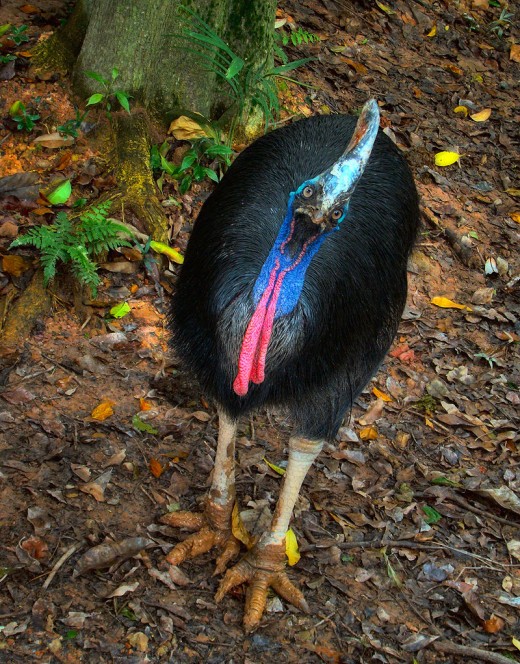
Spider
Spiders are freaky. Spiders look freaky. But spiders have evolved many ways to survive in a diverse array of environments. The most popular adaptation was the spider's ability to spin intricate webs which served as shelter, traps for food, and a place to store the food. Some spiders have adapted to life underwater and have discovered ways to use bubbles as a source of oxygen. There were even spiders who have mastered living in a desert. Living in the desert meant that sustenance would mostly be very scarce in a majority of areas, or it only appeared in random areas. As the spider seen below, one way to adapt to life in the desert was to learn to travel in some unorthodox maneuvers. In this case, the use of cartwheels. While an ordinary observer may consider the act of cartwheeling in the desert as a silly form of movement, scientists would most likely see the efficiency that came from using cartwheels. Fast movements, not too many contortions had to be made when moving, and the momentum from a cartwheel for a spider would be enough to reach anywhere the spider desired.
Tongue-eating Louse
Parasitism meant that a creature may decide to use another creature as a source of nourishment. Most parasites were shown to be creatures that did not possess many distinctive qualities other than how it used another creature to get nourishment for itself or its offspring. Some of the methods could be seen as nightmarish depending on one's perspective. For the Tongue-eating Louse, its form of parasitism would most likely scare a lot of people. Or at the very least think of the second mouth that Xenomorphs from Aliens used as piercing weapons. A tiny crustacean, the Tongue-eating Louse inhabits a fish's mouth by slowly destroying the tongue and replacing the tongue with itself. First the parasite latches onto the tongue, then it used its claws to dig into the fish's tongue to drink its blood, soon the tongue became so atrophied from the blood loss that it fell off, and once the tongue fell off the Tongue-eating Louse positions and attaches itself onto the fish's tongue muscles and eventually became the fish's new tongue. Parasitism can be a horrifying process, but apparently evolution thought it was a good idea.
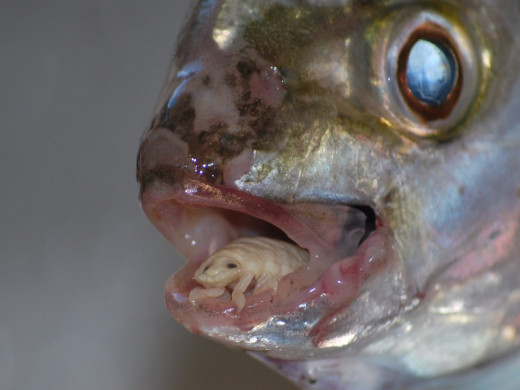
Tortoise Beetle
This is a Tortoise Beetle. It does not possess any horrible traits. It does not have any scary abilities. It just looked pretty. Of course, as a larva, it did not always look this nice. For one thing, it kept the shed skins of its previous molts as a makeshift tail which functioned like a club. Of course, after the pupae stage, the Tortoise Beetle basically looked like the insect equivalent of an impenetrable wall. It was also herbivorous, so at least it did not bite anything that could feel pain. What was interesting about this beetle was that its outer wing covers served as additional protection because it stretched out at the sides. This basically earned it its name. While it may look like a ladybug, the two insects were not related. This defense was an example of structural adaptations. Useful in preventing predatory insects like ants from attacking it, the Tortoise Beetle could just clamp its legs onto a leaf, and the shell helped protect the rest of the body. The Tortoise Beetle came in a wide array of colors, it had adaptations that were actually quite fascinating, and it could be quite shiny given the right conditions.
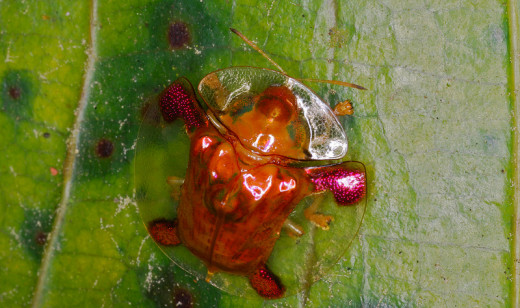
Evolution
Evolution has caused many animals to acquires some surreal adaptations. Some of those adaptations looked horrifying. Some of those adaptations looked surreal. And some of those adaptations looked fascinating given a certain specimen's ancestry. But all of these traits served a greater purpose when it came to nature.


